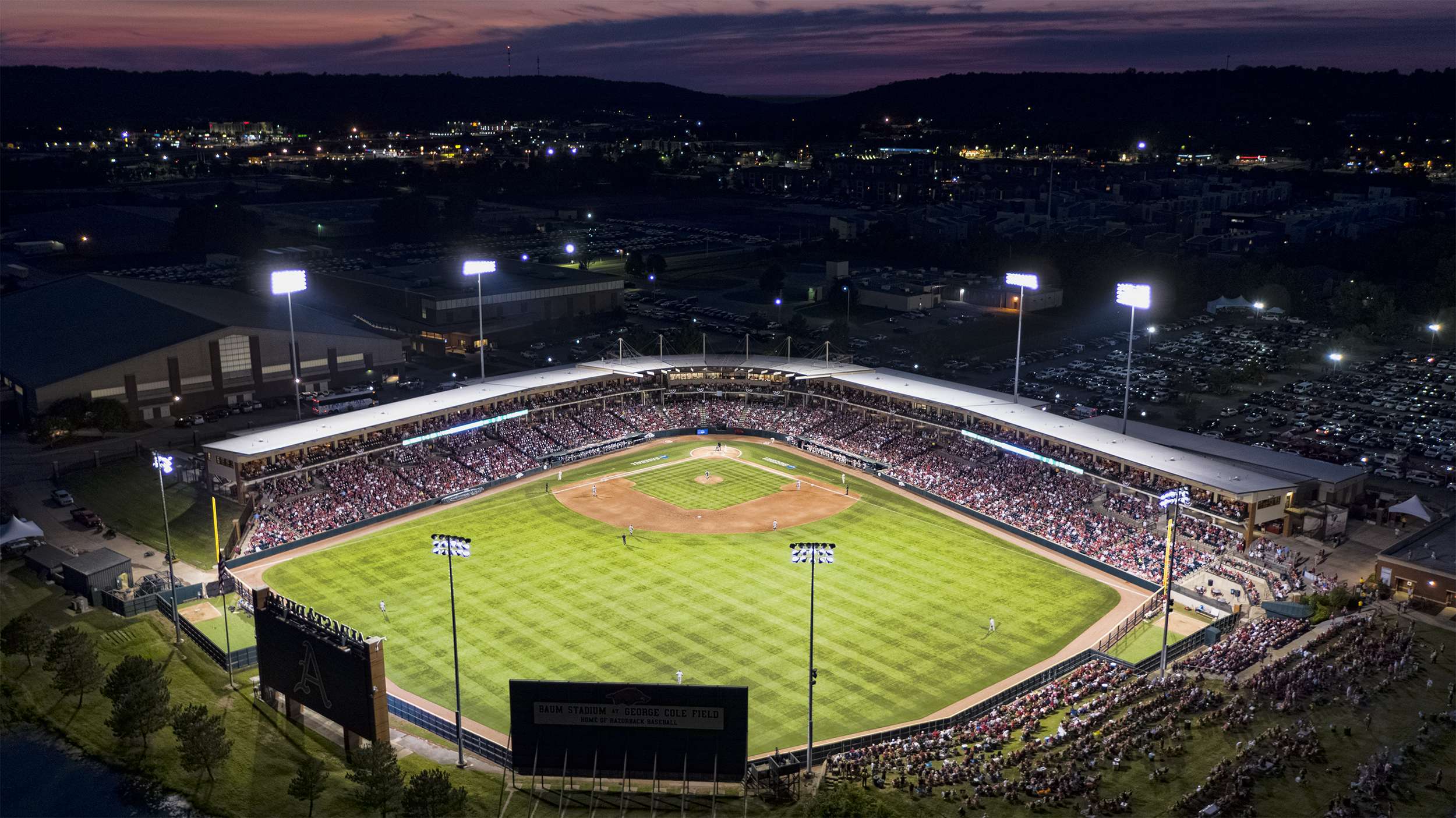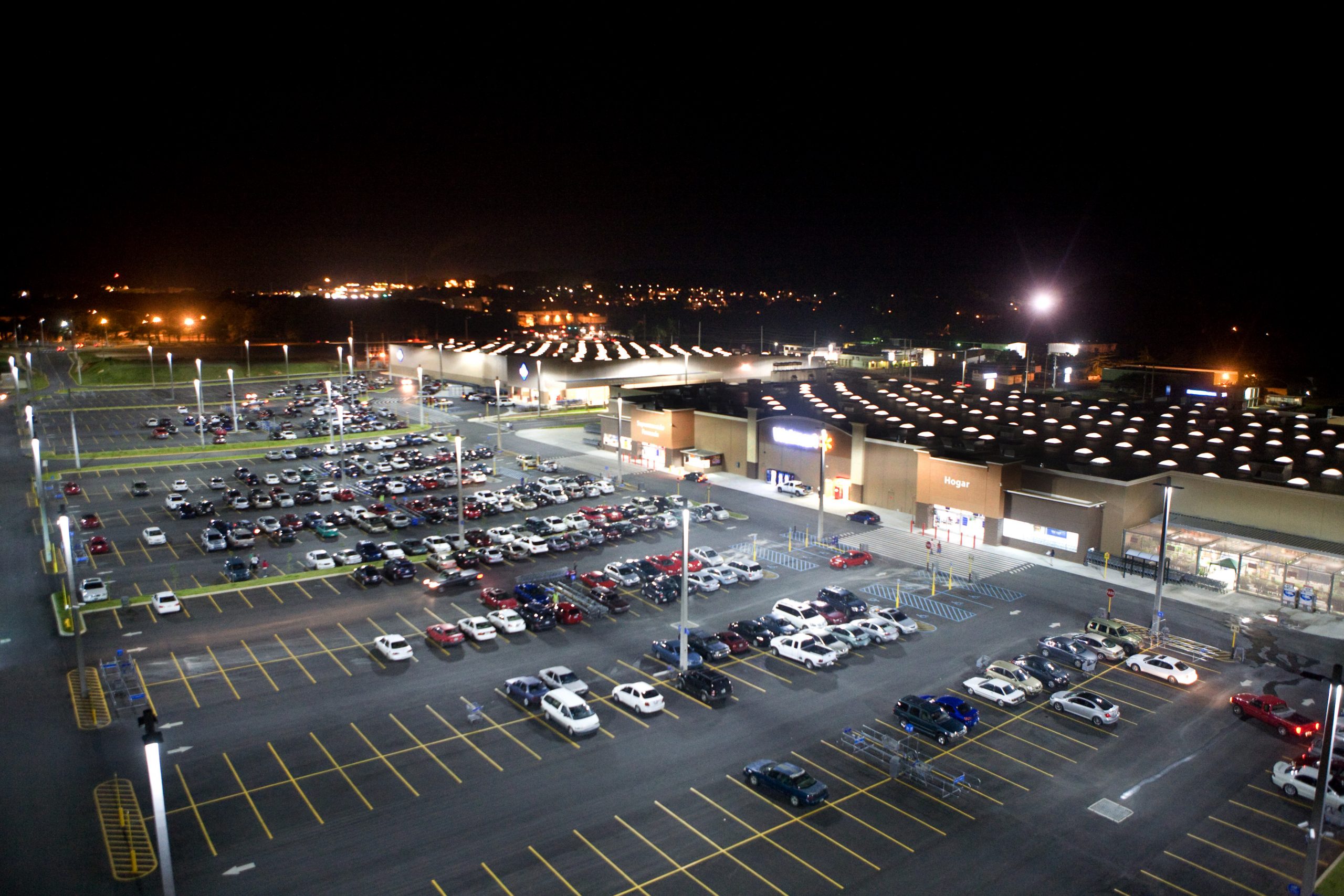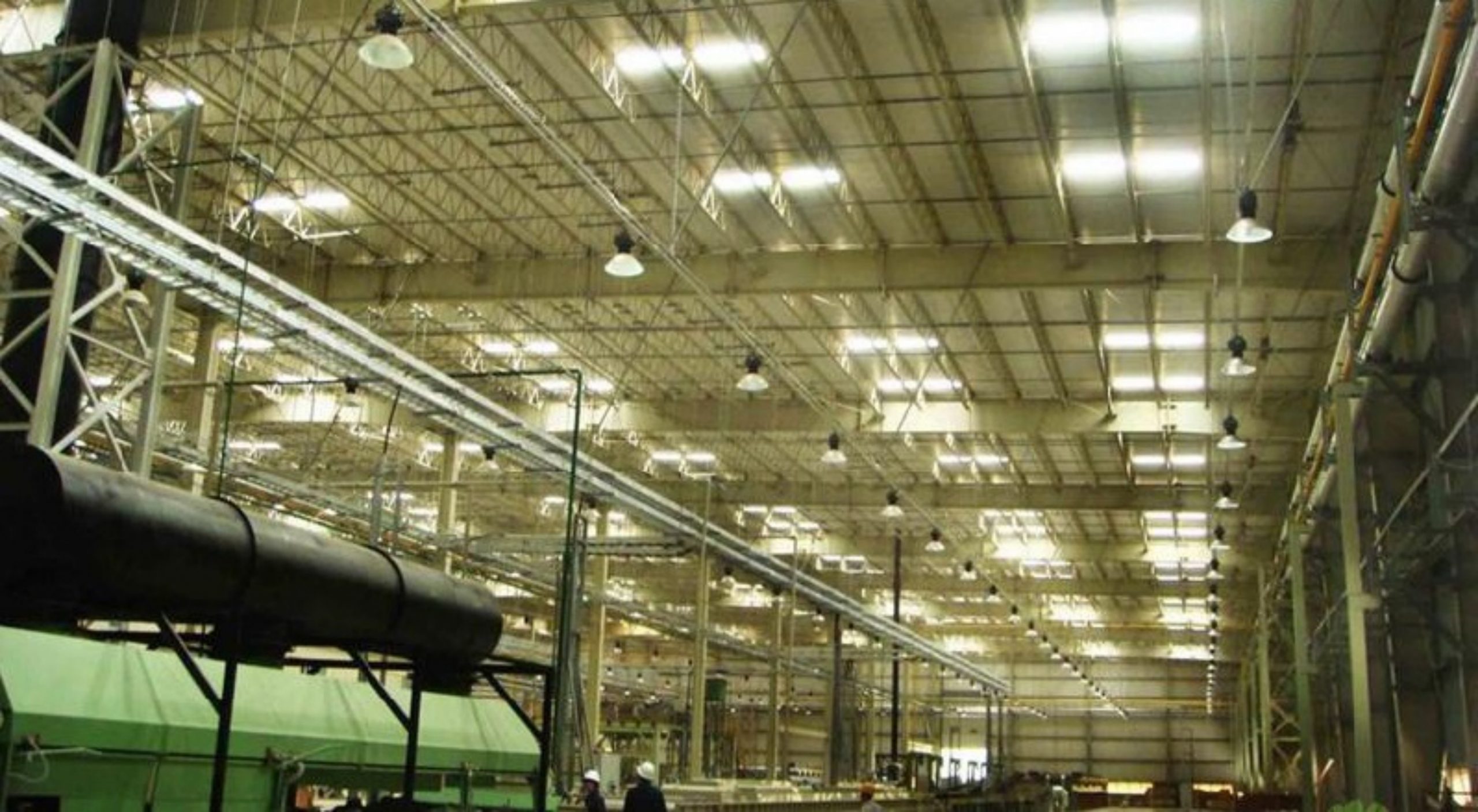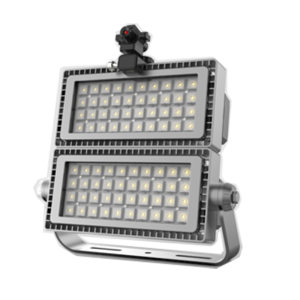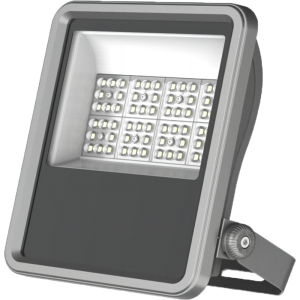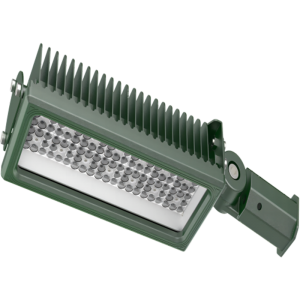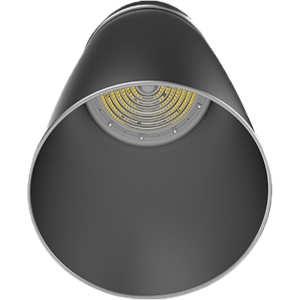Sports stadium lighting is a specialized lighting system specifically for large outdoor sports venues and civil training grounds.
- Illumination standards
- Uniformity
- Glare control
- Flicker control & Broadcasting requirements
- Durability and weather resistance
- Energy efficiency
1. Illumination Standards
The Illuminating Engineering Society of North America (IESNA) has established guidelines for sports lighting. They provide recommendations for illuminance levels (measured in lux) required for different sports activities, such as football, soccer, baseball, tennis, etc., to ensure adequate lighting for players, officials, and spectators.
General illuminance level recommendations (measured in lux) provided by the Illuminating Engineering Society of North America (IESNA) for various sports activities:

The recommendations provided above are general guidelines and can be adjusted based on specific needs and preferences.
2. Uniformity
Uniformity of lighting refers to the consistency of lighting levels across the playing surface. It is important to minimize dark spots or shadows that can affect gameplay or viewing experience. Typically, a minimum uniformity ratio is specified to ensure balanced light distribution. Higher uniformity ratios indicate more consistent lighting across the field, reducing shadows and ensuring better visibility for players and officials.
Minimum uniformity ratio ranges recommended by the Illuminating Engineering Society of North America (IESNA):

3. Glare Control
Glare, caused by excessive brightness or contrasting lighting conditions, can be distracting for players and spectators. Lighting fixtures should be designed to minimize glare and follow guidelines regarding cutoff angles and light shieldings. Lower UGR values signify less glare and better visual quality.
Specific lighting design, fixture positioning, and shielding techniques used can influence the actual glare ratings achieved. Lighting professionals and designers should consider various factors such as lighting layout, luminaire selection, and glare control measures to achieve the desired glare ratings while providing optimal illumination for sports fields.
Unified Glare Rating (UGR) recommendations for different sports fields:

4. Flicker Control & Broadcasting Requirements
Flickering lights can be disorienting and affect visual perception, it is essential to choose lighting systems with flicker-free operation and a high refresh rate to ensure smooth and consistent illumination. Meanwhile, No-flicker is also a requirement for TV Broadcasting live games events.
Sports events often require good lighting conditions for filming and broadcasting purposes. Lighting systems should care about color rendering, and flicker control to ensure high-quality televised coverage.
5. Durability And Weather Resistance
Outdoor sports lighting systems must withstand environmental factors such as wind, rain, temperature variations, and even potential impacts from flying balls or equipment. Lights with appropriate protection against weather conditions should be selected.
6. Energy Efficiency
With the focus on sustainability, energy efficiency is an important consideration. LED lighting systems are widely used due to their high efficiency, long lifespan, and ability to be controlled and dimmed as needed.
In summary, when designing standard luminaires for sports stadium lighting, factors such as illuminance standards, uniformity, glare control, flicker control, energy efficiency, durability, weather resistance, and broadcasting requirements should all be carefully considered to create an optimal lighting experience for players, officials, and spectators.

